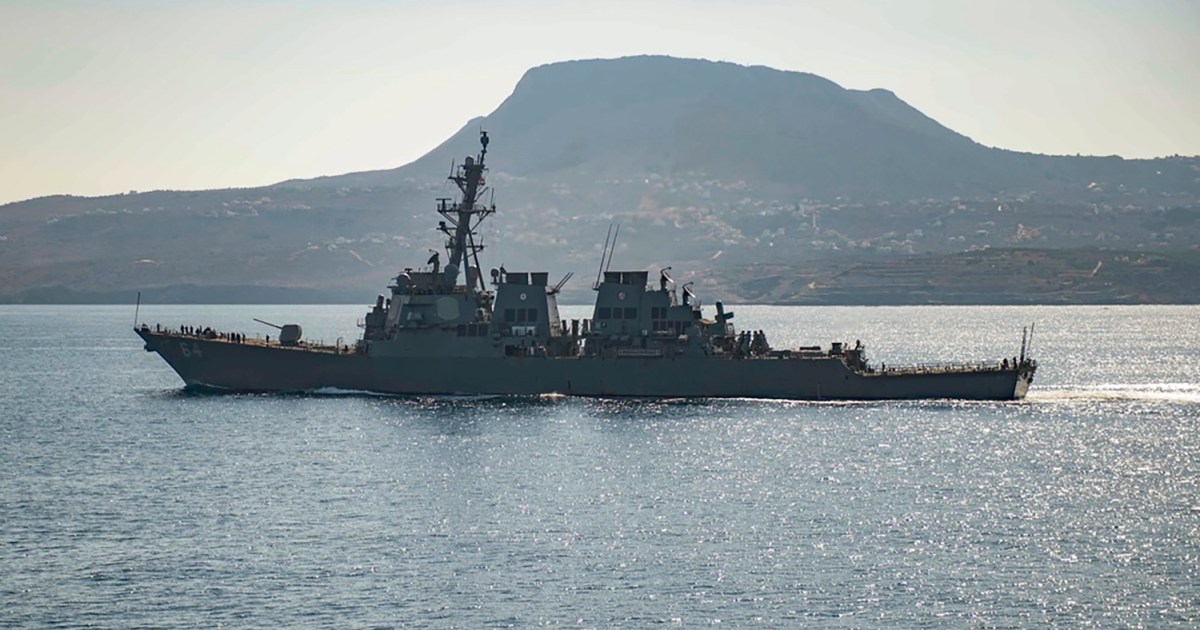
Analysis: Has the US-led Red Sea force calmed shippers amid Houthi attacks?
Al Jazeera
Maersk will resume shipping through the Red Sea but concerns remain. Meanwhile, France, Spain and Italy have dropped out of the force.
The United States-led multinational naval force that was to protect and secure maritime traffic through the Red Sea from attacks by Yemeni Houthi rebels appears significantly weakened – even if not quite dead in the water – before it ever sailed together.
Less than a week after the announcement of Operation Prosperity Guardian (OPG), France, Italy and Spain have pulled out of the nearly fully-created force touted to include warships from more than 10 nations.
The decision to cobble together what is essentially an anti-Houthi coalition was almost forced on Washington. In early November, a US destroyer shot down several missiles fired from Yemen but the US tried to maintain a business-as-usual pose and not advertise that it was engaging the Yemeni group.
As long as the combative Houthis tried, unsuccessfully, to lob missiles at Israel, a country attacking Yemeni’s Arab and Muslim brethren, the US could maintain that the whole affair was not a serious regional escalation. But when their repeated attacks on ships headed to and from the Suez Canal threatened the security of international maritime routes, the US was forced to act.
The US Navy already has a huge number of ships in the region, so why would it need to ask friendly nations to contribute more?











